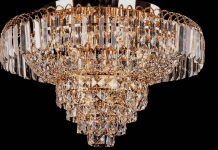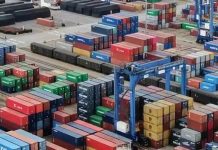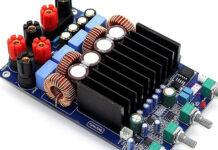The growth of solar power in the current era has been stimulated by ongoing concerns over the environment and climatic changes, and the need for clean energy. Solar energy has continued to transform the way electricity is generated globally. Additionally, the versatility of such systems has enabled the creation and placement of solar cable in different locations around the globe, from rooftop systems to large-scale solar energy plants in desserts.
The current trends being witnessed in this industry are mainly focused on ensuring that there is economic feasibility in the systems. One area that has been highlighted is the solar cable, which makes the generation, transmission, and distribution of solar energy possible. Solar cables are currently designed to ensure that all this is efficient, reliable, and cost-effective. Cabling systems are also designed to provide safety and meet best practices. All the mentioned trends have been driving recent developments in cable technology.
Key Developments
Solar cables are mad with the aim of optimizing efficiency and reducing the cost for the economic generation of solar energy by minimizing line losses. The features that enable such developments are also designed to allow more of generated power to be transmitted to the grids through the substations. To make all these possible, solar cables are prepared to offer a higher voltage of up to 2000 volts.
More cooling operations and lower line loss are used to re-engineer medium voltage cables that are used in between transformers and the substations. Additional features that are built in the wires is the resistance to ultraviolet radiation, ozone, and moisture. Flexibility and deformation resistance are also focused on to ensure that the cables provide efficiency in sub-zero conditions, such as long-term exposure to high temperatures.

There has been the development of pre-connectorized solar cables given the adversity of the installation conditions for solar energy systems and the need for reliable and time-saving systems. These solutions are perfect for large scale solar generation stations as they offer fast and secure connections, simplified installations, as well as reducing variations.
In the same manner, direct-current cables used in the connection of combiner boxes and inverters are currently being manufactured as all-in-one metal-clad solar cables to increase consistency and reduce installation conduits. Another trendy development is the production of these cables in a different range of colors to ensure easy identification of the source, output, and inverter circuits. This trend has eliminated the need for tagging wires and marking tapes.
Current challenges
Despite the growing trends in the solar cable industry, the market has not gone without problems. There is a need for continuous training and education for contractors to keep pace with the new applications, technologies, and installation practices. The industry has also witnessed the development of a broader range of cables that may not be useful in the long run in terms of solar energy generation and transmission.
Take-Home
There is a need to ensure that solar cables are engineered to meet specific applications and that contractors are certified. This step will facilitate the economic viability of solar energy systems, which starts with viable solar cables.
























